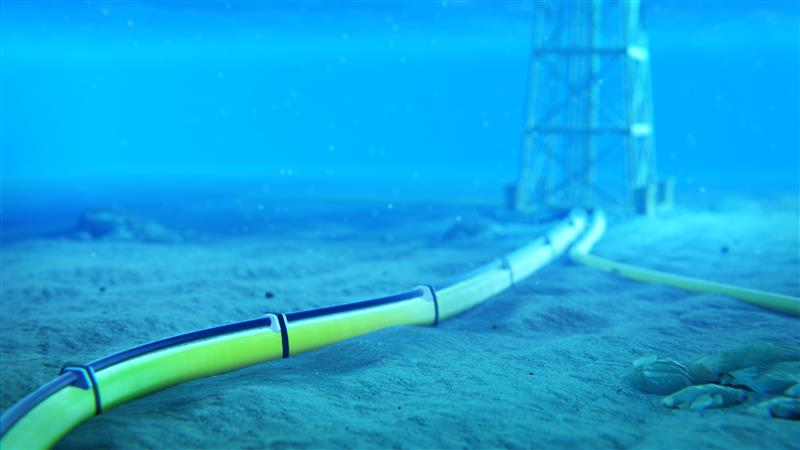
Underwater inspection cameras, as professional equipment capable of real-time observation, shooting, and data recording in underwater environments, play a crucial role in various industries due to their characteristics such as waterproofing, pressure resistance, and high-definition imaging.
In the marine engineering industry, underwater inspection cameras are widely used. During the laying of submarine pipelines, they can monitor the docking situation, position deviation of the pipelines, and the surrounding seabed terrain in real-time, ensuring the accuracy and safety of pipeline laying. For offshore oil and gas platforms, the cameras can go deep underwater to inspect whether components such as the platform's pile foundations and steel structures have corrosion, cracks, or other damages, timely identify potential hazards, and provide a reliable basis for platform maintenance and overhaul. In addition, in the inspection of submarine cables, underwater inspection cameras can clearly capture the appearance of the cables to determine if there are problems such as damage and aging, ensuring the normal transmission of electricity or communication.
The water conservancy and hydropower industry is also an important application field for underwater inspection cameras. In terms of dam safety detection, the cameras can dive into the underwater part of the dam to check if there are leaks, cracks on the dam surface, and if the dam foundation has scouring, hollowing, and other phenomena, providing key data for dam safety assessment and reinforcement projects. For equipment such as water turbines and gates in hydropower stations, underwater inspection cameras can monitor their operating status in real-time, check if the equipment has wear, debris entanglement, and other conditions, facilitating timely maintenance and ensuring the stable operation of hydropower stations. At the same time, in the dredging projects of rivers and reservoirs, the cameras can help workers understand the distribution and thickness of underwater silt, improving the efficiency and pertinence of dredging work.
In the fishery and aquaculture industry, underwater inspection cameras are also indispensable. Farmers can observe the growth status, activity patterns, and feeding conditions of underwater fish through the cameras, and adjust the breeding density, feeding amount, etc., based on this information to achieve scientific breeding and improve the yield and quality of aquaculture. In fishery resources survey, the cameras can capture the types, quantities, and distribution of underwater fish, providing strong support for the protection and rational development of fishery resources. In addition, in cage culture, the cameras can monitor whether the cages are damaged to prevent fish from escaping and protect the economic interests of farmers.
The archaeology and scientific research field also cannot do without the assistance of underwater inspection cameras. Underwater archaeologists can use the cameras to detect and shoot underwater sunken ships, ancient sites, etc., and obtain detailed information such as the appearance and position of cultural relics without damaging them, providing precious materials for archaeological research. In marine biological research, the cameras can record the living habits and activity ranges of marine organisms, helping researchers gain a deeper understanding of marine ecosystems.
Besides, underwater inspection cameras also have important applications in diving rescue, underwater engineering acceptance, and other aspects, providing strong technical support for underwater operations in various industries.



